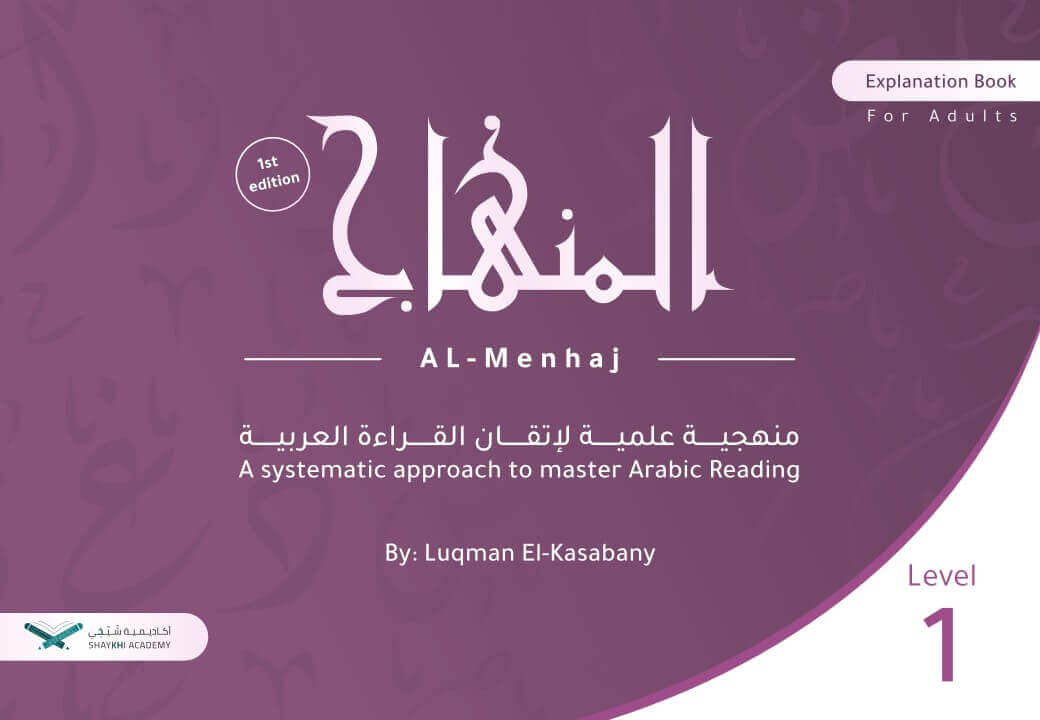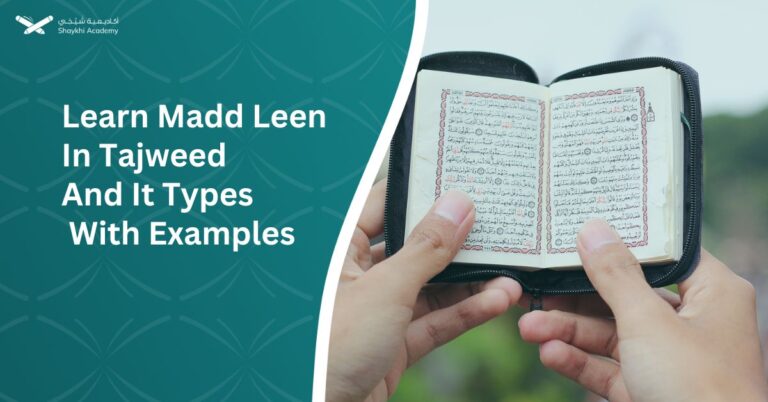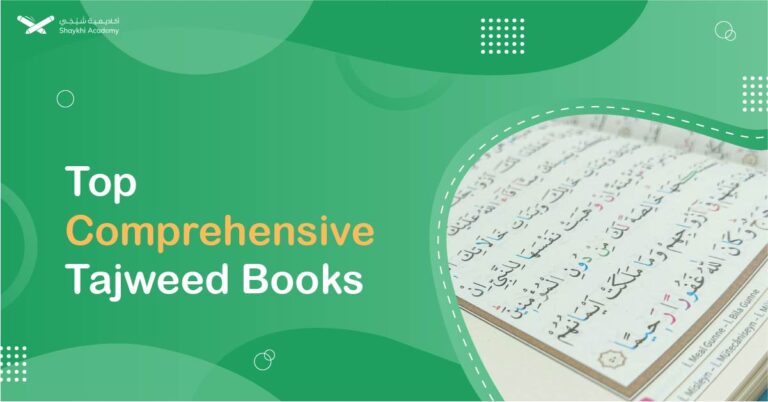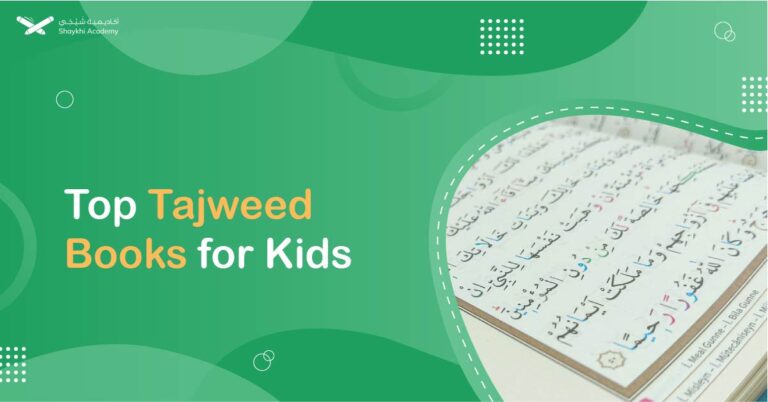This Article is your step-by-step guide to know how to learn Arabic reading! By the end of this article, you will know how to read Arabic. And once you have mastered Arabic reading, you can decide whether you want to start with us to learn Quran for beginners or not.
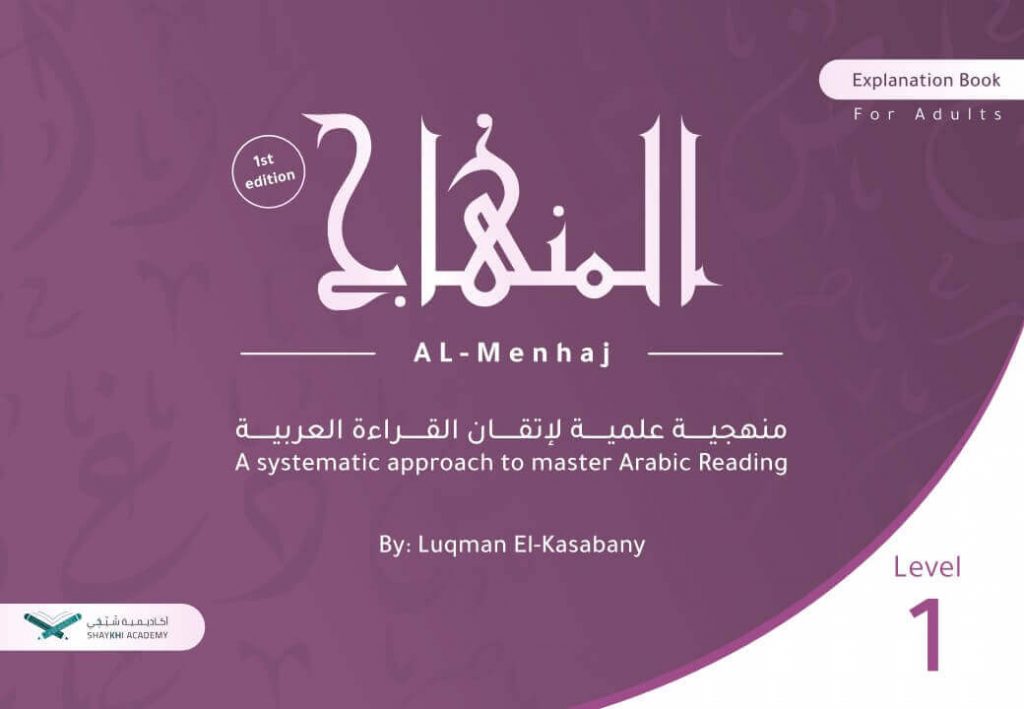
When we say the phrase “Learning Quran For beginners” we mean teaching you Quran reading, Arabic Reading, and Tajweed rules so that you be able to read the Quran easily and correctly. And we will go more in details in this article.
What Relates Quran to Arabic Reading?
At first, we have to point out what relates Arabic reading to Quran. As if you want to read Quran properly, your first step is learning Arabic reading! As Quran was written in the Arabic language, it must be read in Arabic, and even if it’s translated to any other language, it can’t be recited as Quran, but, instead, it’s just a translation!
Imaam az-Zarkashee said, “Know that the Qur’an has been revealed in the language of the Arabs. Therefore, it is impermissible to recite it in any other language.”
What Is The Easiest Way to Learn Arabic Reading?
In fact, the easiest way to learn Arabic reading is to learn it through letters and symbols. This way will help you to read any Arabic word from any book, as long as the letters have their symbols.
The first step then is learning Arabic Alphabet letters. We can discuss this issue through next points:
Introduction to The Arabic Alphabet Letters
- Arabic Alphabet Letters are so easy to learn, as each letter is written is pronounced and has one sound. So, once you know them well, it will be no confusion in pronouncing them.
- The Arabic Alphabet letters are 29, which start with Alif (ا) and end with Ya’ (ي).
What Is The Most Effective Way to Master Arabic Alphabet Letters?
Actually, the most effective way to master Arabic Alphabet Letters is to learn its points of Articulation, or what’s called in Arabic (مَخَارِجُ الحُرُوف).
Points of Articulation means from which point the letter is pronounced or occurred.
Why Knowing Letters Points of Articulation Important to Learn Quran for beginners?
Knowing the points of Articulation of any language is important, as it will help you to pronounce the letters accurately and proficiently. This is because when you know the points of articulation, you understand how to pronounce them instead of trying to pronounce them by just hearing. The fact here is when you know how to pronounce theoretically, you will be better when you pronounce practically!
What Are The Main Points of Articulation of Arabic Alphabet Letters?
We have five main points of Articulation of Arabic Alphabet letters, which are:
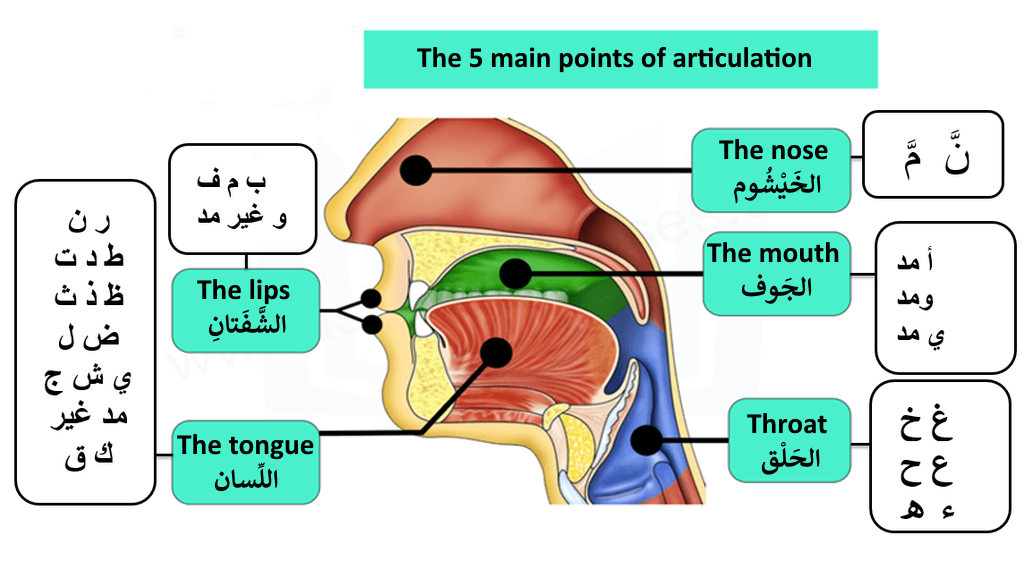
We have five main points of Articulation of Arabic Alphabet letters, which are:
1- Al-Jawf (الجوف).
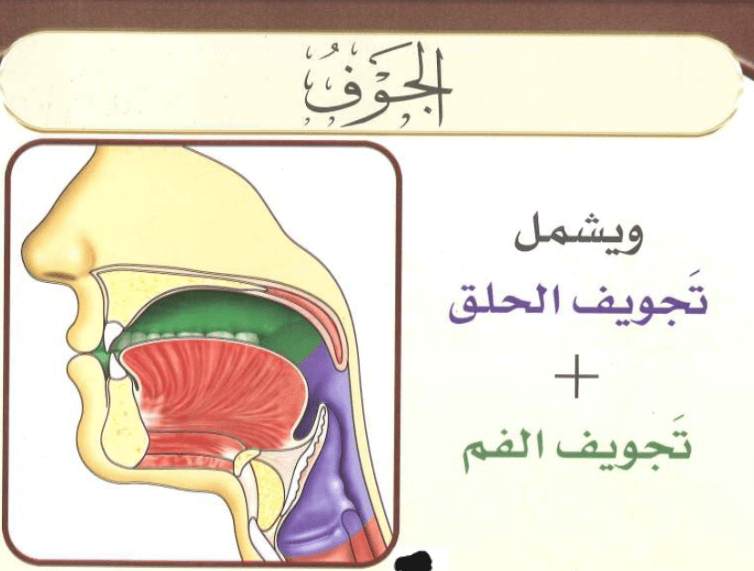
It’s the empty space in the mouth and the throat, i.e., ”The green and the purple area” in the next image:
2- The throat (الحلق), i.e., ”The green and the purple area” in the next image:

3- The tongue (اللسان).
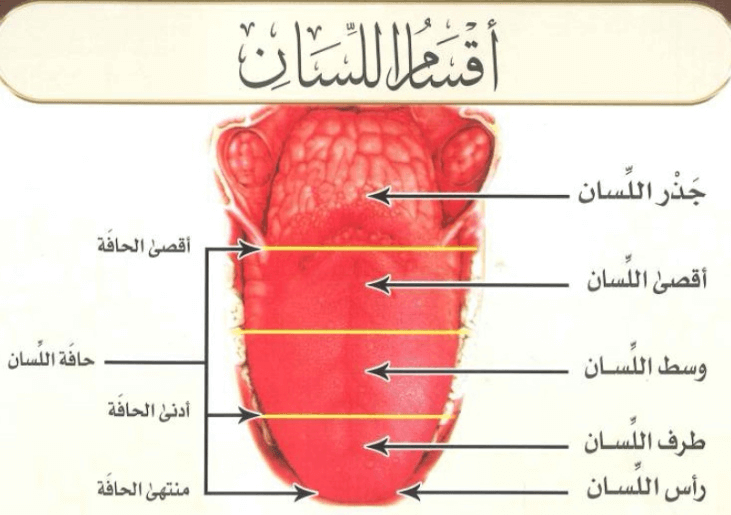
4- The lips (الشفتان).


5- The nose (الخيشوم).
If you want to know the detailed points of Articulation of Arabic Alphabet letters please check this article as knowing them will help you to Learn Quran for beginners. And if you want to know about Arabic letters Alphabet then we have this article for you!
Introduction to The Symbols/Tashkeel
The second step then is learning Symbols of Arabic Alphabet Letters or what’s called Tashkeel, know that understanding them will help you to Learn Quran for beginners. We can discuss this issue through next points:
Symbols or Tashkeel are the signs that’s written above or below the letter as an indication of how to pronounce this letters.
What are the main Arabic Symbols/Tashkeel?
The Main Arabic Symbols or Tashkeel are the following:
- Al-Harakat.
- Al-Modod.
- Al-Sukon.
- Al-Tanween.
- Al-Tashkeel.
What Are The Detailed Arabic Symbols/Tashkeel?
1- Al-Harakat.
– This term means adding a short vowel sound to the letter.
– It’s divided into three types:
Al-Fath, which means adding a short vowel sound to the letter by opening the mouth.
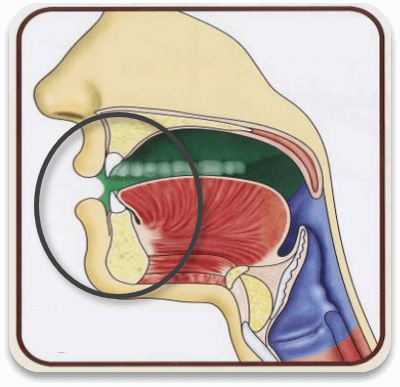
Al-Kasr, which means adding a short vowel sound to the letter by dropping the jaw.
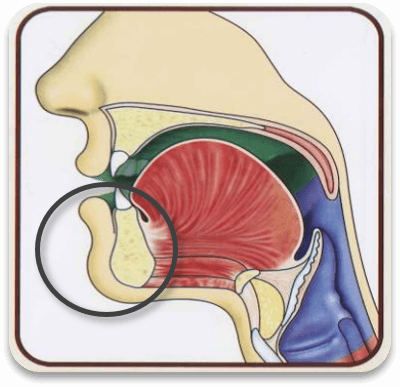
Al-Dam, which means adding a short vowel sound to the letter by rounding the lips.
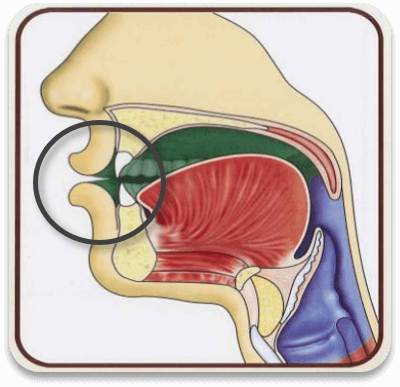
2- Al-Modod:
– This term means adding a long vowel sound to the letter.
– It’s divided into three types:
Mad Alif, which means adding a long vowel sound to the letter by opening the mouth.
Mad Yā’, which means adding a long vowel sound to the letter by dropping the jaw.
Mad Wāw, which means adding a long vowel sound to the letter by rounding the lips.
3- Al-Sukon:
– This term means pronouncing the letter without adding any vowel sound or Harakah, which means the sound is stopped after pronouncing the letter.
4- Al-Tanween:
– This term means Adding a short vowel sound followed by Nūn Sakina (N sound).
– It’s divided into three types:
Tanween Al-Fath, which means Adding a short vowel sound by opening the mouth followed by Nūn Sakina (N sound).
Tanween Al-Kasr, which means Adding a short vowel sound by dropping of the jaw followed by Nūn Sakina (N sound).
Tanween Al-Dam, which means Adding a short vowel sound by rounding the lips followed by Nūn Sakina (N sound).
5- Al-Tashdeed:
– This term means Merging the same two letters into one letter, the first one is Sakin and the second one has a harakah.
– It’s divided into three types:
Tashdeed Al-Fath, which means Merging the same two letters into one letter, the first one is Sakin and the second one is Maftoh.
Tashdeed Al-Kasr, which means Merging the same two letters into one letter, the first one is Sakin and and the second one is Maksor.
Tashdeed Al-Dam, which means Merging the same two letters into one letter, the first one is Sakin and the second one is Madmom.
Quick revision of all Tashkeel/Symbols that’s added to the letters: (mastering them will help you to Learn Quran for beginners)
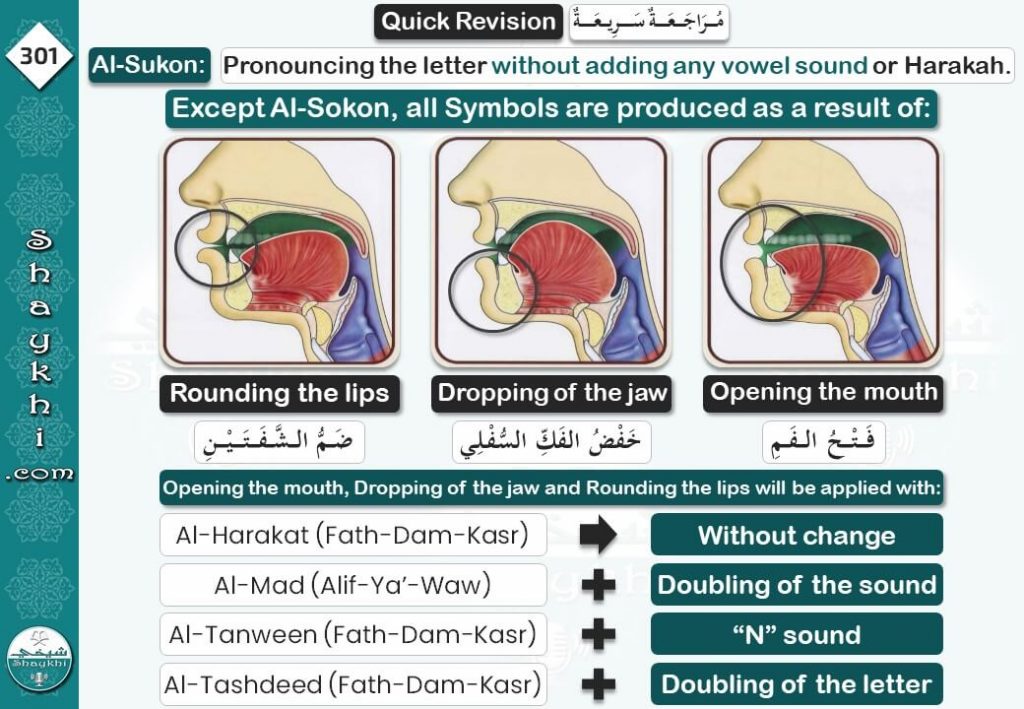
How to Learn Quran Reading Online?
One of the most important things that God has urged us to do is learning the Quran and reflecting upon its verses.

“كِتَابٌ أَنزَلْنَاهُ إِلَيْكَ مُبَارَكٌ لِّيَدَّبَّرُوا آيَاتِهِ وَلِيَتَذَكَّرَ أُولُو الْأَلْبَابِ
—Surah Sad 29
[This is] a blessed Book which We have revealed to you, [O Muhammad], that they might reflect upon its verses and that those of understanding would be reminded”.
If you want to learn how to read Quran correctly, it is good to read the following lines which will guide you and help in this journey!
Learn Arabic Reading (Al- Qirā’iyyah)
What are the Curricula of Al- Qirā‘iyyah?
The Curricula of Qirā’iyyah deal with the Arabic language as a foundational alphabetic syllabus, step by step, starting from the names of the letters, their forms, and their arrangement, then dealing with their sounds: with Short Vowels, Sukoon, Long vowels, Tanween and Shaddah, until the student can read Arabic sentences and Qur’anic verses correctly.
What is the main objective of preparing these curricula?
These curricula are used for those who have not learned Arabic before to facilitate the recitation of the Qur’an. It is important to study Al- Qirā’iyyah before studying the Tajweed for the correct pronunciation of Arabic sounds.
Learn Tajweed Rules
Tajweed is a science by which we know how to pronounce the Qur’anic words as prophet Muhammad peace be upon him pronounced them. It is learned orally from the sheikh or professor who has Ijazah to teach it.
Ruling of learning Tajweed
Knowing the rules of Tajweed is a communal obligation but its application is an individual obligation for every male and female Muslim because Allah almighty said in surah Al Muzammil, “ورتل القرآن ترتيل” This means to recite the Qur’an with measured recitation.
Shaykhi academy tends to make students able to recite the Quran correctly with Tajweed for beginners, intermediates, and advanced Tajweed learners.
The benefit and purpose of the science of Tajweed
The benefit of learning Tajweed is to protect the tongue from making mistakes in the recitation of Noble Quran.
The mistakes in reciting the Noble Quran are divided into two parts:
- Obvious mistake:
It is the mistake that occurs in pronunciation and changes the meaning or the grammar, such as a mistake in diacritical marks which changes the meaning of the Qur’anic word. - Hidden Mistake:
The mistake that occurs in the pronunciation does not change the meaning of the Qur’anic word, but it diminishes from the perfection of its qualities, such as: dropping Idgāhm.
Important Rules of Tajweed
Rule of Nūn n and Mīm Mushadded
First, we have to know the articulation points of Nūn and Mīm: Their air exit from the nasal cavity and a Ghanna occurs, this Ghanna is more complete when Pronouncing Nūn n or Mīm with a Shaddah.
Rules of Nūn sākinah and tanwīn
Clarity الإظهار
It Means the pronunciation of Nūn sākinah or tanwīn without increasing the Ghunah if it is followed by one of these six throat letters: [ ء – هـ – ع- ح- غ -ح ], such as the tanwīn in: “يَوۡمَئِذٍ أَيۡنَ ٱلۡمَفَرُّ”.
Merging الإدغام
It Means mixing of Nūn sākinah or tanwīn into the next vowelled letter, so the two letters become one mushaddad letter in pronunciation of the second type.
Letters of merging with applying Ghunnah: ي -ن – م -و , such as the tanwīn in: “هُدٗى مِّن”
Letters of merging without applying Ghunnah: ل – ر, Such as Nūn sākinah in: “يُسۡقَوۡنَ مِن رَّحِيق”
Changing الإقلاب
It Means to change Nūn sākinah or tanwīn into a hidden meem with applying Ghunnah, Such as Nūn sākinah in: لَيُنۢبَذَنَّ.
Hiding الإخفاء
It means to pronounce Nūn sākinah or tanwīn between Clearty and merging with applying complete Gunnah, Such as Nūn sākinah in: ” فَمَن تَبِعَ “.
Rules of Mīm Sakinah
Labial Hiding إخفاء شفوي
It means to hide Mīm Sakinah [ pronouncing Mīm with small touching between lips] with applying a Ghanah to it when Mīm Sakinah comes at the end of the word, and the letter baa’ comes after it, Such as Mīm sākinah in: تَرۡمِيهِم بِحِجَارَةٍ” ” .
Merging of Two Small Alike إدغام مثلين صغير
It means to mix Mīm Sakinah into the next vowelled Mīm to it, then the two letters become one Mushadd Mīm in the pronunciation with applying Ghunnah to it, Such as Mīm sākinah in: وَءَامَنَهُم مِّنۡ خَوۡفٍ”
Labial clarity إظهار شفوي
It Means the pronunciation of Mīm Sakinah without increasing the Ghunah if it is followed any letter other than Meem or baa’, Such as Mīm sākinah in:.” ٱلۡحَمۡدُ”.
Al- Qalqalah القلقلة
It means to make a vibration sound at the articulation of any letter from the group of the letters “”قطب جد when the letter is Sakin, however this sukoon is original or temporary because of stopping. The five Qalqalah letters are the consonants: ق ط ب د ج
Heaviness And Lightness
The letters of Alphabet are divided into three types according to their heaviness and lightness:
Heavy letters
Ibn Al Jazri collected them in this group: (خص ضغط قظ), these letters are pronouncedby raising the back of the tongue up to the roof of the mouth.
Letters that have heaviness sometimes and lightness other times
They are ( Raa, Lam of the word Allah and Lengthened Alif).
Light letters
They are the rest letters, and light letters are pronounced by lowering the back of the tongue from the roof of the mouth..
Lengthening (Al- Madd)
Natural Madd
The Madd which has no dependence on a cause of a Hamzah or a Sukoon [ means that Alif, waaw or Ya’ madd neither followed by hamzah nor sukoon], such as in the word: نـُوحِـيهـَـا.
Secondary Madd
The Madd which has longer time than that of the natural madd because of Hamzah or Sukoon after the letter of Madd.
Joined obligatory Madd
It is applied when the letter of madd is followed by a Hamzah in the same word, then we should lengthen the madd letter in this case for “four or five vowel counts” according to the way of Ash-Shatibiyyah, such as in the word: السمآء .
Separated Allowed Madd
It is applied when the letter of madd comes at the end of the word, and it is followed by a Hamzah at the beginning of the next word, we should lengthen the madd letter in this case for “four or five vowel counts” according to the way of Ash-Shatibiyyah, such as in: ” أُمِرُوٓاْ إِلَّا”.
Exchange Madd
It is applied when the letter of madd is preceded by a Hamzah in the same word, and it is not followed by a Sukoon nor a Hamzah, its measure is two vowel counts according to the way of Ash-Shatibiyyah, such as in: ” أُوتُواْ “.
Compulsory Madd
It is applied when the letter of madd is followed by original sukoon in the same word or in the same letter, its measure is six vowel counts, such as in: ٱلضَّآلِّينَ / الٓمٓ
Madd with temporary Sukoon
It is applied when the letter of madd comes before the end letter of the word and this end letter is Sakin temporarily due to stop, its measure is Two or four or six vowel counts , such as in Yaa Madd in: (1) ٱلۡحَمۡدُ لِلَّهِ رَبِّ ٱلۡعَٰلَمِينَ .
What Are The Important Books of Tajweed for Non-Arabic Speakers?
- Tajweed Rules of The Qur’an l Kreema Crol / Introduction Written by: Dr. Ayman Rushdi Swayd.
- Easy Rules of Tajweed l Hiba Yaseen / Introduction Written by: Dr. Ghazali / Al-Azhar.
- Learn To Recite Quran Beautifully l Dina Essam.
The Best Website to Learn Quran for Beginners online
A good website for Quran learning must have highly qualified teachers who are capable to answer and clarify all the questions Quran students may ask. They should be using new effective and interesting methods in teaching because basically, nobody wants to be in a boring class no matter what the subject is, and that’s why good learning websites usually offer a free trial class to give you the chance to experience their real teaching classes so that you get to know the strategies they use in teaching and decide whether paying their course is actually worth it or not.
You can try our free trial class and trust me, you will not regret it! Try Now!
Now let’s talk about how to choose a website learn Quran for beginners online
How to Choose The Best Website to Learn Quran for Beginners?
As a beginner you have to look for a website that teaches you how to read the Quran, teaches you the Arabic alphabets basically so that you become able to pronounce the words correctly and understand the meanings without any struggle.
How to Choose The Best Website to Learn Quran Online for Adults?
The best website to learn Quran online shouldn’t just teach you how to read the Quran but recite it, understand it and memorize it. Therefore Tajweed rules classes being provided in the website is considered one of the important characteristics you should look for in a website.
Shaykhi academy is the best website to learn Arabic online for beginners and adults using our Arabic reading book -Al Minhaj- which was prepared and experienced by highly qualified teachers.
Is It Impossible to Learn Quran Online for Free?
Learning Quran online for free is not impossible. Many YouTube channels were made to help the students who are willing to learn Quran and can’t pay the class fees. Shaykhi academy allows you to learn Quran online at no cost, and that’s via our YouTube channel. We also offer you a scholarship to learn Quran online free with our qualified teachers. For more details, click here!
If you want to learn Arabic Reading online, Shaykhi Academy will help you to learn from the basics until you master Arabic reading. You can start your classes with us now and join to our Family!
